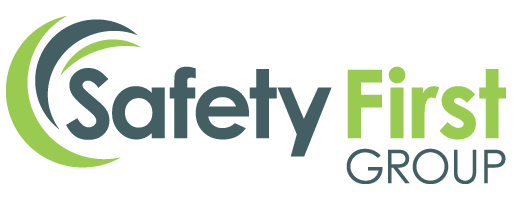Minimise damage from dust, vapour and fumes with LEV inspection, testing and good ventilation
Many jobs across different industries involve work processes that create dust and fumes, which when breathed in can cause diseases, such as asthma, lung scarring and cancer.
Employers must make sure there is adequate ventilation in enclosed areas of their workplace.
Workers spend a significant amount of time indoors, and the quality of air within indoor work environments has a direct impact on the health, well-being and productivity of those workers.
Contributing factors to poor indoor air quality (IAQ) include inadequate or poor ventilation, poor external air quality and exposure to a range of chemicals, biological agents and other contaminants in the workplace air. Poor IAQ can cause a variety of both short-term and long-term health problems.
Good ventilation, LEV Inspection and testing is a critical method of removing contaminants from buildings and is essential to ensuring good indoor air quality (IAQ) as well as thermal comfort.
Employers are required by law to provide safe working environments and protect employee health, as outlined in the Control of Substances Hazardous to Health (COSHH) Regulations and HSG258 Guide to LEV
Ventilation is the process of bringing in fresh air from outside and removing indoor air, which may:
- be stale
- be hot and humid because of work machinery and processes
- contain pollutants and other impurities
Why ventilation is important
Not only is it the law to provide sufficient fresh air, but studies have shown that good ventilation is associated with:
- improved health
- better concentration
- higher levels of satisfaction with an environment
- lower rates of absence from work
- better quality of sleep
- reduced exposure to a wide range of air pollutants
Methods of ventilation
The method of ventilation will depend on the building and you will need to decide which options work best for your workplace.
Natural ventilation relies on doors, windows and other openings such as trickle vents, air bricks or grilles to provide air.
Mechanical ventilation uses fans to move air into and out of rooms. In small spaces and buildings these may be in the room, but larger buildings may use a network of ducts and fans to blow clean air into rooms and/or extract the stale air.
Many buildings have a mixture of natural and mechanical ventilation, with either (or both) systems in different spaces.
Local exhaust ventilation (LEV) systems
LEVs, also known as extraction or fume control, are used by businesses to control dust and fumes. Over time, the performance of LEV systems can decline, due to wear and tear or blockage. This is why regular inspection and testing – every 14 months to comply with COSHH – is necessary to ensure the systems are operating effectively and hazardous substances are kept controlled.
Safety First’s LEV inspection and testing
Safety First carries out LEV inspection and testing in the workplace to help companies ensure that they are fully compliant with COSHH regulations.
Our qualified occupational hygienists are experts in local exhaust ventilation systems. They will monitor and analyse system performance data, as well as perform qualitative evaluations on the control of potential contaminants. Measurements from the test results are compared with the original LEV specification and performance criteria outlined in HSG258.
Safety First will produce reports and records that will assist your business in improving control measures, plus serve as evidence of your company’s compliance with COSHH regulations.
Contact our friendly team of experts to find out more about LEV inspection and testing or any of our other services:
Resources:
